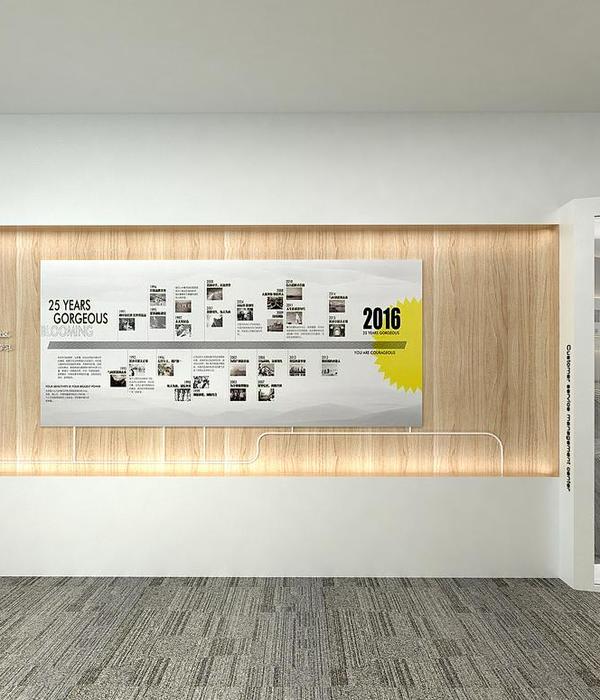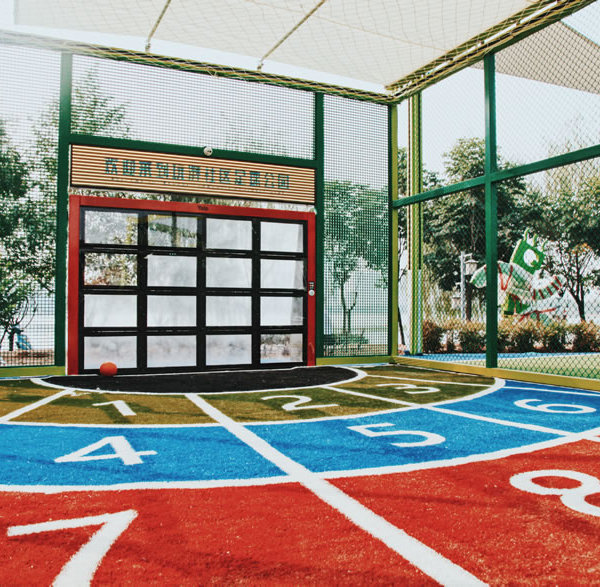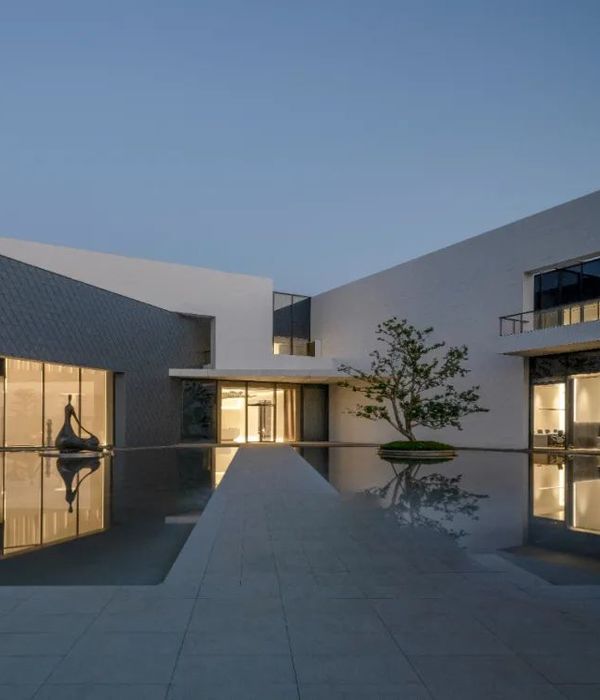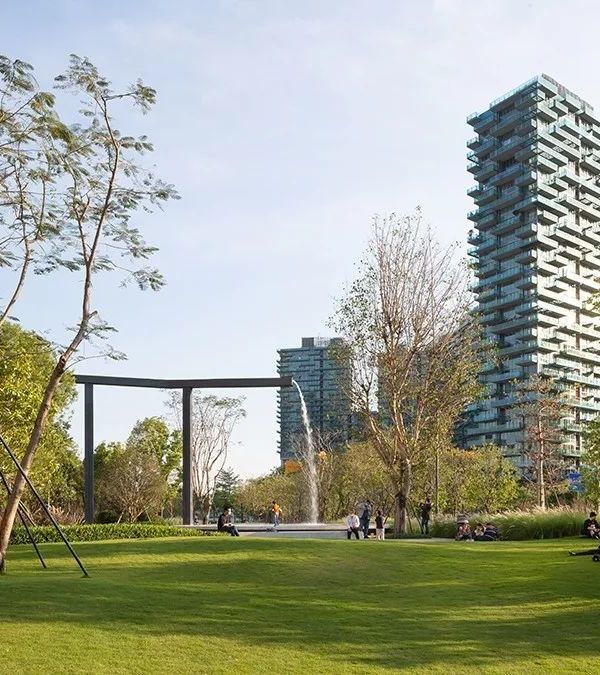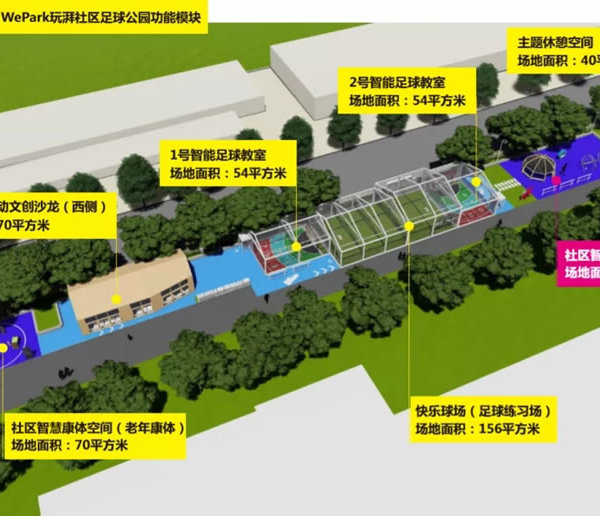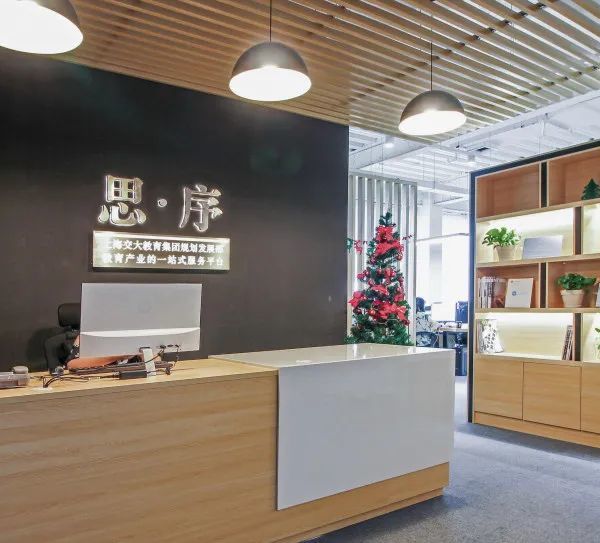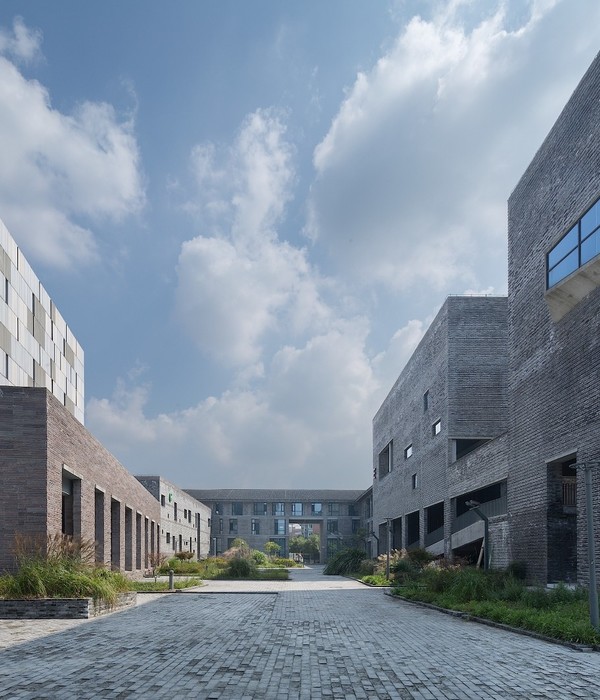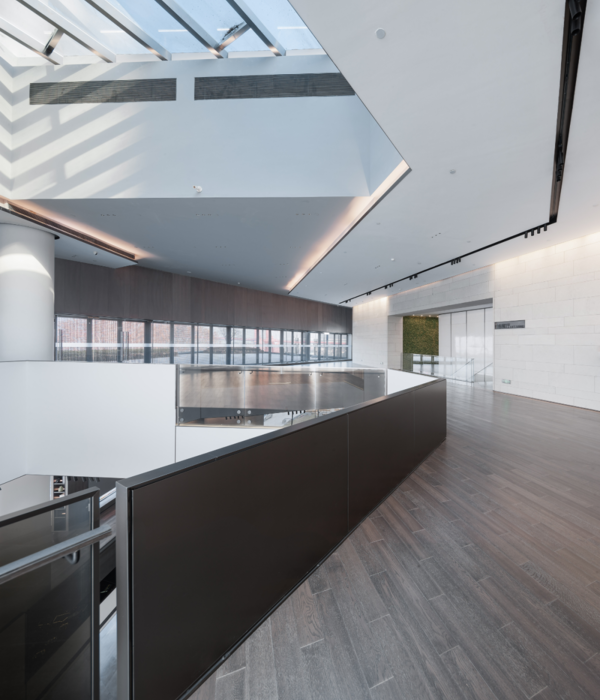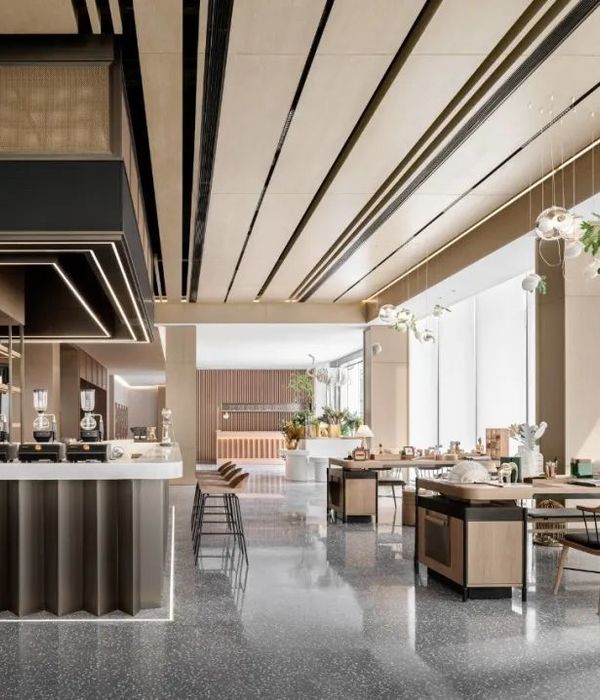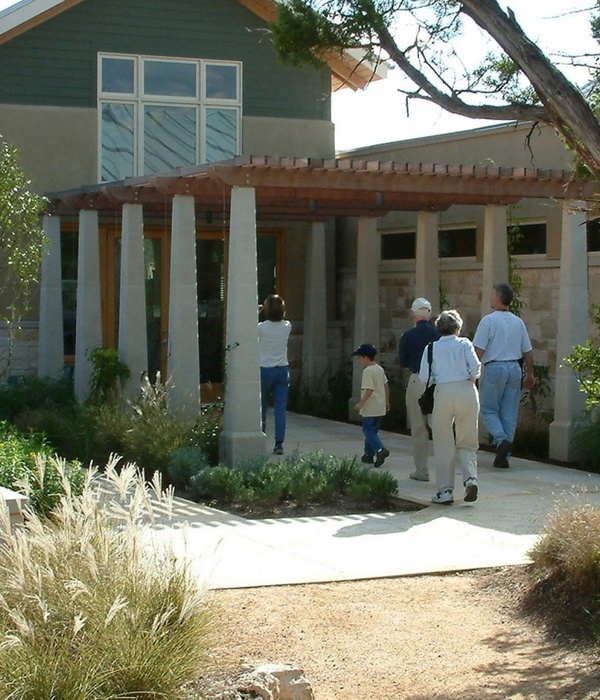PROJECT: HUANCHACA RUINS OPEN AIR THEATRE
LOCATION: HUANCHACA RUINS NATIONAL MONUMENT, ANTOFAGASTA REGION, CHILE
ARCHITECTS: RAMÓN COZ, MARCO POLIDURA, BENJAMÍN ORTIZ, SEBASTIÁN ALVAREZ
CLIENT: FUNDACIÓN RUINAS DE HUANCHACA
MATERIALS: REINFORCED CONCRETE
CONSTRUCTION: 2015-2017
PARK SURFACE: 90.000 SQM
BUILT SURFACE: 392 SQM
PHOTOGRAPHS: SERGIO PIRRONE
After the construction of the Atacama Desert Museum, this second piece is inserted into the life of the Park, placing once again the Ruins, as the main protagonist of the complex.
Committed to the idea of not appearing as a building, an element emerges from the ground, which sets the stage of the Theater and converts the esplanade into a viewpoint to the Ruins and the Pacific Ocean, allowing the visitor to dominate and overwhelm before the fantastic and unique environment.
The project includes a plateau roof, displayed towards the Ruins with a comfortable scale in the form of bleachers, granting the viewer a direct and complete front perception of the Monument. On the upper level a terrace providing 360º panoramic outlook, dominating the landscape completely.
The grandstands also allow a different place for the development of various uses and artistic expressions, keeping the visitor with the great and complete scenery, the Ruins.
Seizing the topographic conditions already foreseen in the first phase, the land retaining, the land mass that separates Angamos street from the stage level, and the insertion of the new roof, creates a place of contained character, the Theater, focused directly on spectacle.
From the Theater the project is presented as a piece of rough concrete, rising 20 meters long from the ground and floating up to 5 m above the floor, creating the scenery underneath, and containing inside its thickness all the necessary technical equipment for the development of the different presentations.
Respect for the environment and the Ruin’s attraction, are the motivating axes of the proposal expressed by a clean construction with no formal rhetoric, developed entirely in concrete, proposes a language of soil and land retaining, in close connection with the natural ground.
{{item.text_origin}}

